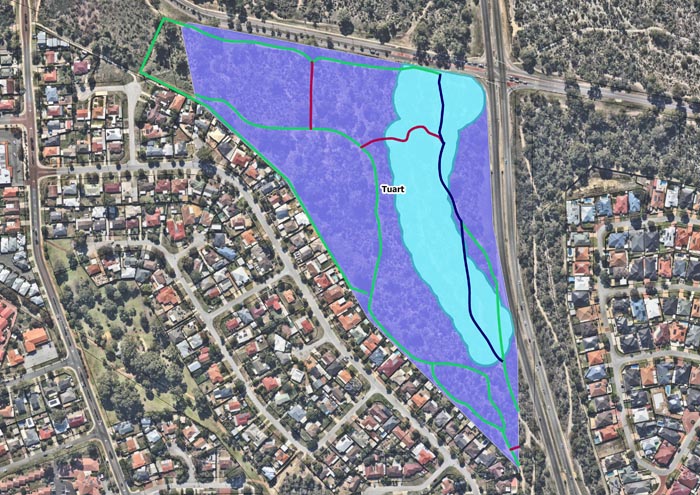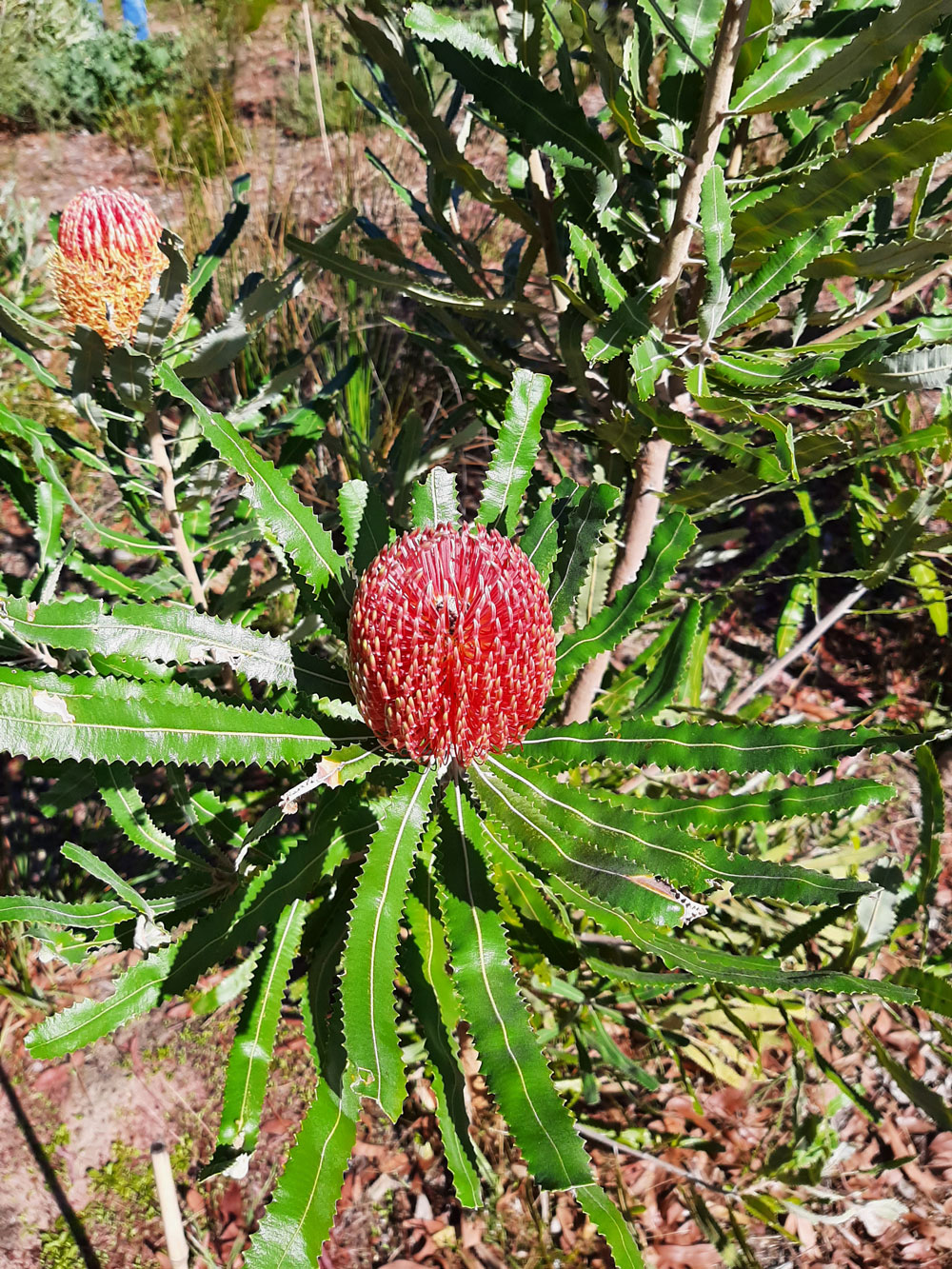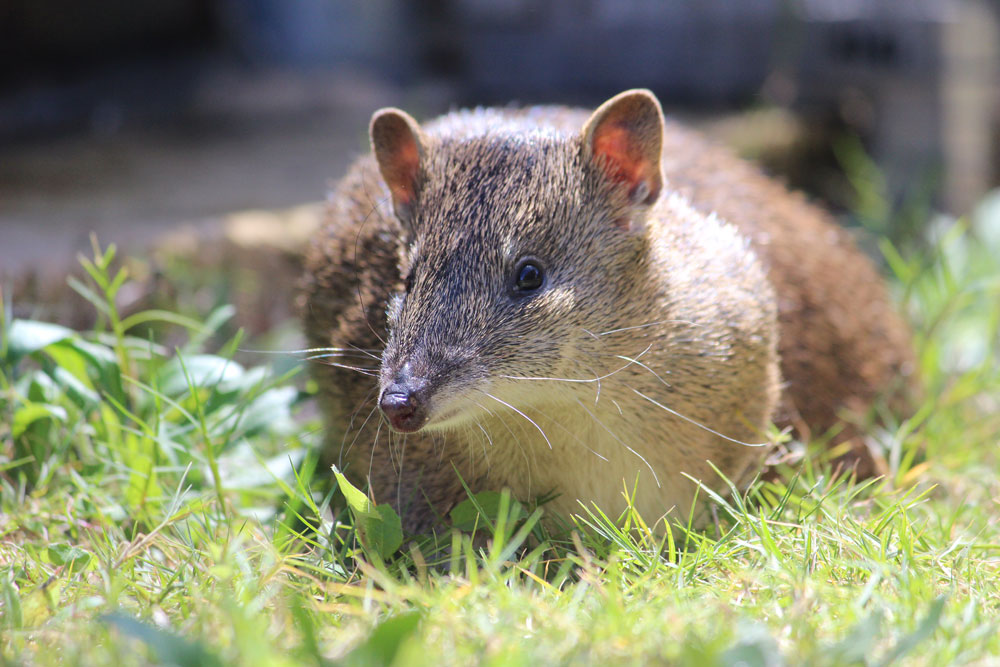With the Indian Ocean to the west and the Beeliar wetlands to the east, this place is a crossroads in time and nature. Although not obvious from the road, the thriving bushland is atop a Tamala limestone ridge. Tuarts occur on the calcareous soils of the Spearwood dune systems and this ridge is itself a crossover to the mixed Spearwood/Bassendean soil complexes moving down the corridor. The tree layer consists of the limestone-loving tuarts along with banksia, jarrah and marri. Occasional kwell (sheoak) and moodjar (Christmas tree) provide unusual tree variety in the canopy.
Tuart


Banksia menziesii replanted at Tuart
Busy Stock Road is today part of the Highway 1 network around Australia but was once part of a stock route between Midland and Robb’s jetty. Until the 1930s, dairy produce came by horse and cart from the Bibra Lakes district along the East-West Forest Road, believed to be overlaid on an ancient Nyungar bidi (path) from the coast to the wetlands. Travelling down off the limestone ridge toward Bibra Lake, is to follow a natural corridor of changing soil and vegetation, a cultural pathway used for thousands of years and today a series of roads that can transport people so quickly they are unaware of the changes they are driving over.
The large area of bushland around the Stock and Forest Road intersection survived into the 21st century because it was part of the road reserve for the Roe Highway, an orbital road planned in the 1950s. Originally this Highway was to extend all the way to the coast, but by the 2000s a modified plan had it join Stock Road right at this intersection. During protests against the highway in 2017, several young women were tree sitters in this area and a mass walk to the intersection by community members was held in February. The southern side of the intersection was only partly cleared as it was one of the last actions of the Roe 8 Highway project before it was halted in March 2017.

Quenda-southern brown bandicoot (Photo: E.McLerie)

Rehabilitating Roe 8 field trip to revegetation site at Tuart, May 2023.
The remaining distinctive tall tuarts make up around 20% of the trees and provide roosting habitat for a variety of birds. While road works, rubbish dumping and off-road vehicles have impacted this area, the bushland is remarkably healthy with natural composting of leaves providing habitat for insects and multiple tree species supporting underground organisms like mycorrhizal fungi. The truffle-like fruiting bodies of underground fungi are a preferred food of quenda. This site hosts a small population of the rare Perth hopbush (a priority 4 flora species). In djilba (first spring in the Nyungar six seasons) wildflowers like koorla (native wisteria) can still be found here. Both nectar-eating birds such as the bandin (New Holland Honey Eater) and seed/nut eating birds like the karak (Forest Red-tailed Black Cockatoo) and ngoolark (Carnaby’s Cockatoo) are frequent visitors to this woodland. This tuart woodland is a remmant of the original vegetation of the Swan Coastal Plain, largely cleared to accommodate the metropolitan sprawl of Perth. While the extent of urban bushland is reduced every year by clearing, the diversity of remaining bushland is also declining. Survival of the rare bush remnant at this site is being increased with infill plantings by Rehabilitating Roe 8 and regular hand-weeding by dedicated volunteers, who stop to enjoy morning tea in the shade of the tall tuarts.
